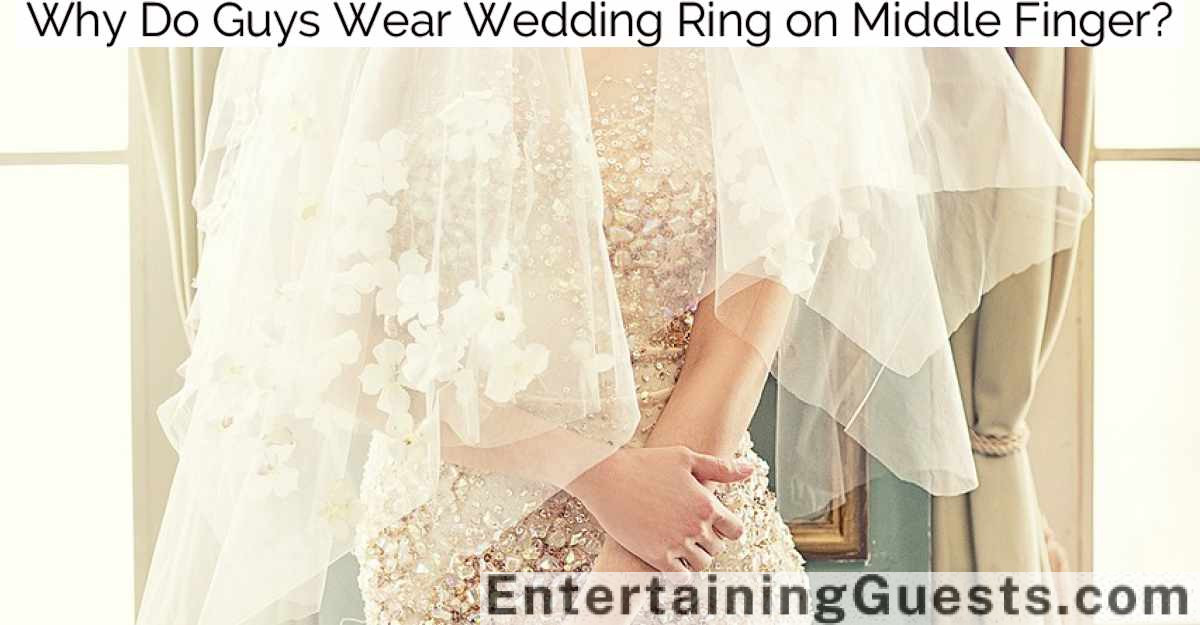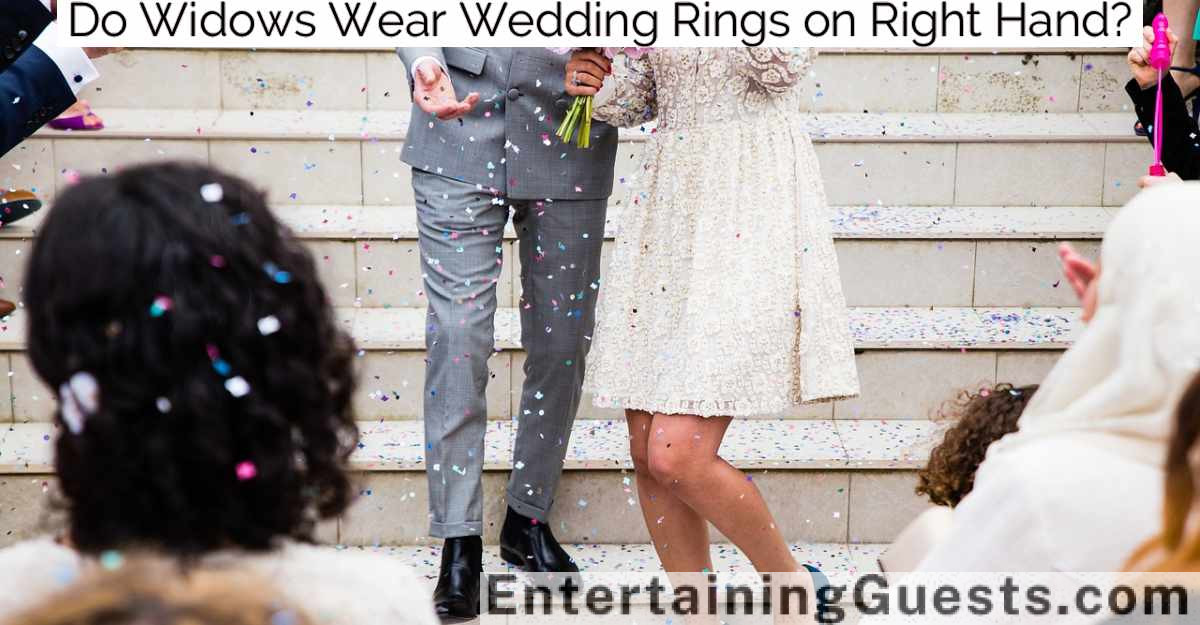You wear a wedding ring as a symbol of your everlasting commitment and the infinite love you share with your partner. Originating from ancient traditions, these rings were first used in Egypt to signify eternal love and later in Rome as symbols of marital agreements. The unbroken circle of the ring represents endlessness, a perfect metaphor for marriage, and its materials, like gold or diamonds, symbolize durability and the precious nature of your relationship. Over time, wedding rings have evolved to include personalized engravings and designs that reflect individual values and heritage. Exploring further, you’ll discover how these symbols of love have woven themselves into the fabric of cultures worldwide.
Key Takeaways
- A wedding ring symbolizes eternal love and the unending commitment between partners.
- It serves as a public declaration of the marital union and personal commitment.
- The circular shape of the ring represents infinity and the continuity of the relationship.
- Wearing a ring is a cultural tradition that signifies married status in many societies.
- Personalized designs and engravings on rings enhance their emotional and symbolic significance.
Historical Origins of Wedding Rings
Wedding rings have been exchanged as symbols of marriage and commitment since ancient Egypt, where they were believed to represent eternal love. The tradition has evolved considerably throughout the centuries, adapting to various cultural and historical contexts.
In ancient Rome, you would’ve found that wedding bands began to symbolize a legal agreement between families rather than merely a declaration of love. These rings were typically made of iron, reflecting strength and durability, essential qualities in a lasting union.
As you move into the Renaissance period, the materials and designs of wedding rings became more varied and ornate. Wealthy couples often opted for rings adorned with gemstones and intricate engravings, indicating not only a bond but also social status. The practice of inscribing rings with romantic or religious phrases began during this era, adding a personal touch that has persisted into modern customs.
Throughout these historical shifts, the core purpose of the wedding ring as a public proof of a private commitment remained constant. Each ring, regardless of its material or design, serves as a continuous loop, a fitting metaphor for unending partnership.
This profound symbolism has guaranteed the wedding ring’s place as a cornerstone in marital traditions across the globe.
Symbolism Behind the Ring
You may find that each element of a wedding ring, from its unbroken circle to the precious materials used, carries deep symbolic meaning, representing not just an eternal bond but also personal and collective values.
The circular shape, first and foremost, symbolizes infinity. It’s a powerful representation of endless love and commitment that loops continuously without beginning or end. This shape speaks to the enduring nature of your relationship, suggesting that your connection is meant to last through all of life’s seasons.
Furthermore, the materials from which wedding rings are crafted also hold significant symbolism. Gold, a common choice, isn’t just chosen for its aesthetic appeal; it’s also a symbol of purity, beauty, and resistance to tarnish. These qualities metaphorically align with the ideals of a lasting, untainted relationship.
Similarly, diamonds, often selected for engagement and wedding rings, are admired for their unmatched strength and brilliance. They represent unbreakable bonds and the ability to withstand pressures, mirroring the resilience required in marriage.
Wedding Rings in Different Cultures
Across diverse cultures, the customs and symbolism associated with wedding rings vary considerably, reflecting unique historical and social influences. Here’s how different cultures integrate wedding rings into their marital traditions:
-
India: Often, you’ll find that instead of a ring, many Indian brides wear a bichiya, a toe ring, symbolizing their married status. This tradition stems from ancient Ayurvedic principles linking the toe ring to the reproductive system.
-
Russia, Germany, and Norway: In these countries, it’s customary to wear the wedding ring on the right hand. This practice is rooted in the Orthodox Christian church, which interprets the right hand as the hand of righteousness and authority.
-
Native American Tribes: Some tribes use rings made from natural materials such as bone, wood, or woven reeds, reflecting their connection to the earth and nature. These materials are chosen for their spiritual significance rather than their monetary value.
-
Jewish Tradition: During a Jewish wedding ceremony, a plain gold band without engravings is used, symbolizing a marriage free of complications and pretense. This ring is traditionally placed on the index finger of the right hand, signifying direct connection to the heart.
These practices illustrate how deeply cultural beliefs and historical contexts are woven into the tradition of wearing wedding rings.
Modern Significance of Wedding Bands
While cultural traditions vary, today’s wedding bands universally symbolize the commitment and enduring love between partners.
These rings aren’t just metal and gemstone encirclements; they’re enduring emblems of your journey and the promises you’ve made. As you wear your wedding band, it serves not only as a constant reminder of your partner but also as a public declaration of your union to the outer world.
The choice of materials and design in modern wedding bands often reflects personal values and tastes, yet they all carry the fundamental message of connection. Metals like gold, platinum, and newer options like tungsten or titanium are chosen for their durability and beauty, symbolizing the lasting nature of the relationship.
Meanwhile, the unbroken, circular shape of the ring represents infinity and wholeness, a fitting metaphor for a lifelong partnership.
Moreover, in today’s digital and globalized context, the wedding band bridges cultural divides, acting as a universally recognized token of marital commitment.
Regardless of where you’re in the world, the sight of a wedding band typically conveys the same message of bonded love and exclusive partnership. This global understanding underscores the powerful symbolism and cultural significance that these simple bands carry.
Personal Stories and Traditions
Many couples infuse their wedding bands with personal significance by incorporating unique symbols, engravings, or stones that carry special meaning in their relationship. You might find these personalized elements not only enhance the beauty of the rings but also deepen the bond between partners, making the simple bands truly one-of-a-kind treasures.
Here’s how you can personalize your wedding bands:
-
Engravings: Opt for a special date, a phrase from your vows, or even a fingerprint inside the band. Each time you glance at your ring, you’ll remember that specific moment or promise that’s uniquely yours.
-
Birthstones: Incorporate stones that represent each of your birth months. This adds a colorful, personalized touch while symbolizing the union of your distinct lives.
-
Cultural Symbols: If you’re honoring heritage, you might choose a design element that reflects your cultural background, such as Celtic knots or traditional motifs from your ancestry.
-
Nature-Inspired Designs: For the couple who loves the outdoors, bands featuring mountain ranges, waves, or leaves can capture your shared passion for nature.
These personalized elements not only celebrate your individual stories but also create a lasting emblem of your shared journey, making your wedding bands as unique as your love story.
Frequently Asked Questions
How Much Should You Typically Spend on a Wedding Ring?
You should typically spend about two months’ salary on a wedding ring, but it’s more important to choose one that suits your budget and reflects your personal style and relationship values.
Can Wedding Rings Be Made From Unconventional Materials?
Yes, you can choose wedding rings made from unconventional materials like wood, silicone, or even bone. These options offer unique aesthetics and can be more affordable than traditional gold or platinum bands.
Are There Alternatives to Wearing a Wedding Ring?
Yes, you’ve got options beyond traditional rings. You could choose tattoo rings, silicone bands, or even necklaces. They’re practical, stylish alternatives that still symbolize your commitment without adhering to conventional jewelry norms.
How Do You Choose the Right Size for a Wedding Ring?
To choose the right wedding ring size, you’ll measure your finger’s circumference with a sizer. Make certain it’s snug but comfortable, allowing for slight changes in finger size due to temperature or humidity.
What Are the Trends in Wedding Ring Designs for This Year?
This year, you’ll notice sleek minimalist designs, mixed metals, and unique gemstone settings trending in wedding rings. They’re perfect for making a personal statement while keeping up with the latest fashion.
Conclusion
You wear your wedding ring as a timeless symbol of love and commitment.
Rooted in ancient traditions, this small band carries immense significance, transcending cultures to signify a lifelong bond.
Modern interpretations may vary, but the essence remains the same: it’s a daily, visible reminder of your vows and the connection you share with your partner.
Cherish your ring, not just as jewelry, but as a profound emblem of your personal love story and shared future.







